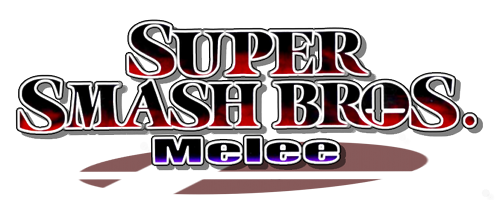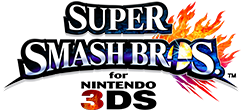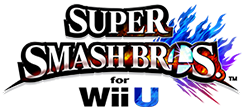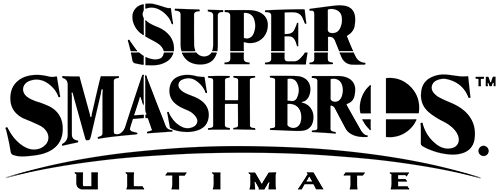The previous number based system that displayed your position in the ladder has been visually replaced with a new system that is separated by tiers: Bronze, Silver, Gold, Platinum, Master and Grand Smasher. Each tier consists of divisions: III, II, I. In order to get placed, similarly to before, you have to play 8 ranked matches. Your starting, albeit hidden, rank roughly translates to Silver before your first match in the seeding process. While playing during this process, your rank will move up or down at a high rate while remaining hidden until you finish. Following the seeding process, you can only be placed into one of the Bronze, Silver, or Gold tiers, and have to work your way up from there. Each time you play a match, you’ll gain points and vice versa for when you lose. These points range from 0 to 100 which represent your standing in your division. Once you reach 100 points you will be promoted to the next division. Likewise, if you gain 100 points and you are in division I, you will be promoted to the next tier. For example, a Bronze I player would be promoted to Silver III.

The tier icons are as follows (in order): Bronze, Silver, Gold, Platinum, Master, Grand Smasher
Many people are under the assumption that they’re able to ‘farm’ or repeatedly challenge “lower ranks” in order to receive a good standing in the ranking system. This mostly applies to tiers above Gold, but when you challenge a much lower placed person than yourself, the amount of points you would normally receive will be lowered. For example, a Platinum player challenging a Bronze player, both players would receive nothing compared to what they could get if they decided to challenge people placed in their own tiers. This is done to discourage ‘farming’ and encourage actual improvement where you learn from fighting people around your skill level and to prevent ‘boosting’, where a player would pretend to play on someone else’s account in order to quickly increase their rank.









